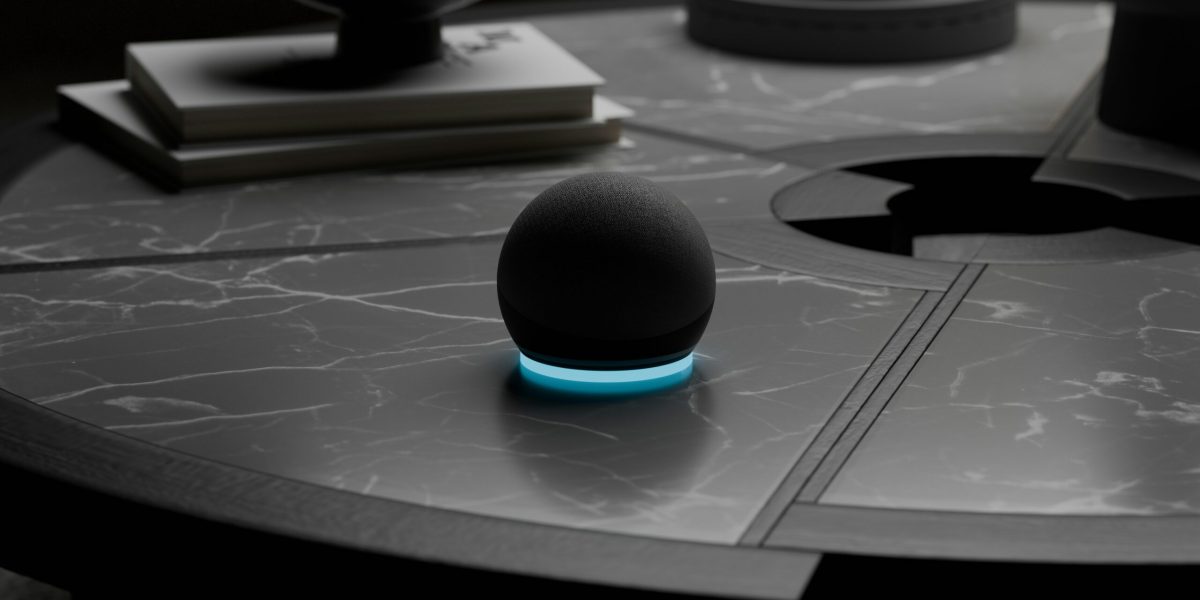Voice-activated devices have rapidly become a staple in households, workplaces, and even public spaces. From virtual assistants like Amazon Alexa and Google Assistant to voice-controlled smart home systems, these technologies have transformed how consumers interact with their devices. This shift is not just about convenience—it is redefining purchasing patterns, search behaviors, and the broader relationship between technology and human interaction.
Understanding the rise of these devices provides insight into their influence on consumer habits and how businesses are adapting to stay competitive in a voice-first world.
What Drives the Popularity of Voice-Activated Devices?
The growing popularity of voice-activated devices can be attributed to their ability to simplify tasks. By removing the need for manual input, they offer an intuitive interface that appeals to users of all ages. This ease of use has made them particularly attractive to people with busy lifestyles, individuals with disabilities, and even technophobes who might find traditional devices intimidating.
Voice technology leverages advancements in natural language processing (NLP), allowing these devices to understand and respond to conversational speech. This seamless interaction creates a sense of personalization and efficiency. Consumers can play music, control home appliances, or search for information without lifting a finger.
The integration of these devices into smart home ecosystems has further fueled their adoption. Controlling lights, thermostats, and security systems with a simple command offers a futuristic experience that resonates with tech-savvy consumers. These features, coupled with affordable pricing and extensive device compatibility, have turned voice-activated systems into must-have gadgets.
How Are These Devices Changing Consumer Search Behavior?
One of the most significant impacts of voice-activated devices is the shift in how consumers search for and process information. Traditional text-based searches are being replaced by voice queries, which are often longer and more conversational in nature. Instead of typing “best Italian restaurant near me,” users might ask, “What’s the best Italian restaurant nearby that’s open now?”
This change has forced businesses to rethink their search engine optimization (SEO) strategies. Ranking for voice search requires optimizing content for natural language and question-based queries. Local businesses, in particular, must ensure their information is updated and accessible, as many voice searches are location-specific.
The rise of voice commerce, or shopping via voice commands, is another game-changer. Consumers are increasingly using devices like Alexa and Google Assistant to make purchases, reorder household essentials, or check delivery statuses. This convenience is driving a shift in consumer expectations, as they now prioritize speed and simplicity in their shopping experiences.
How Does Voice Technology Influence Purchasing Decisions?
Voice-activated devices are not just tools for retrieving information—they actively shape purchasing decisions. By providing quick answers and tailored recommendations, these systems influence what consumers buy and how they discover products.
For instance, when users ask a device for the “best coffee maker,” the assistant typically provides one or two recommendations. This limits consumer choice compared to traditional web searches, where users can scroll through multiple options. As a result, brands that secure top spots in voice search results are more likely to dominate sales.
Voice technology also encourages impulse buying. The frictionless nature of ordering items via voice commands makes it easier for consumers to make unplanned purchases. This shift is particularly evident in recurring orders, such as groceries or household supplies. By remembering past preferences and offering personalized suggestions, voice assistants create a seamless shopping experience that fosters customer loyalty.
The use of voice-activated devices has created opportunities for brands to engage consumers through audio advertising. Companies can sponsor voice responses or design skills and actions specific to their products, creating a direct line to potential buyers.
What Challenges Do Voice-Activated Devices Present?
While the benefits of voice-activated devices are clear, they also present unique challenges for businesses and consumers alike. Privacy concerns are among the most significant. These devices continuously listen for wake words, raising questions about data security and potential misuse of recorded conversations.
Consumers are increasingly wary of how their data is being collected, stored, and used. Brands that rely on voice technology must address these concerns by implementing transparent privacy policies and robust security measures.
Another challenge lies in the limitations of voice-based interfaces. While they excel at simple tasks, they struggle with complex searches or detailed comparisons. For example, shopping for a product with multiple specifications, such as a laptop, can be frustrating when using a voice assistant. This limitation highlights the need for businesses to provide both voice-friendly and traditional interfaces.
The concentration of power among a few tech giants—Amazon, Google, and Apple—raises concerns about competition and accessibility. Smaller businesses may find it difficult to compete for visibility on these platforms, as algorithms often favor established brands.
Why Are Voice-Activated Devices the Future?
Despite the challenges, voice-activated devices represent the future of technology. Their ability to integrate seamlessly into daily life makes them indispensable tools for consumers. As artificial intelligence (AI) continues to improve, these devices will become even more intuitive, enabling deeper personalization and more sophisticated interactions.
For businesses, adapting to this voice-first era is not optional—it’s essential. Companies must prioritize creating content and experiences that cater to voice search and commerce. This includes using natural language in product descriptions, optimizing for local searches, and ensuring compatibility with popular voice platforms.
The rise of voice technology also opens doors for innovation. From healthcare to education, industries are exploring how voice assistants can enhance user experiences. For example, voice-activated devices can assist patients in managing medications or provide students with hands-free access to educational resources.
In the years to come, the relationship between consumers and voice-activated devices will continue to evolve. These systems will likely become more proactive, anticipating user needs and offering solutions before a command is even given. This evolution promises to deepen the integration of voice technology into everyday life, solidifying its role as a cornerstone of modern consumer behavior.














